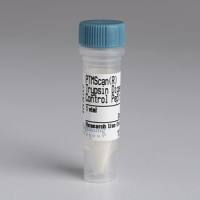Poly(ADP-Ribose) Metabolism Analysis in the Nematode Caenorhabditis elegans
互联网
545
Poly(ADP-ribose) polymerases (PARPs) are a well-conserved family of enzymes found in many species. These enzymes catalyze poly(ADP-ribosyl)ation, a modification of proteins implicated in a variety of nuclear processes, such as DNA damage signaling and repair, cell death and survival, and transcription. Poly(ADP-ribose) glycohydrolase (PARG) is responsible for the specific hydrolysis of poly(ADP-ribose) (PAR), the product of poly(ADP-ribosyl)ation, and its action is required for the modified proteins to regain their original function in the cell. The metabolism of PAR can be studied in the nematode Caenorhabditis elegans as genes encoding PARP and PARG enzymes have been identified and characterized in its genome. We have shown the capacity of these PARPs to produce PAR as well as the capacity of the nematode to catabolize PAR into ADP-ribose units through the enzymatic activity of its PARGs. Therefore, C. elegans is a novel model to study PAR metabolism in eukaryotes that offers new avenues to investigate the role(s) of poly(ADP-ribosyl)ation in development as well as DNA repair, programmed cell death, and aging.









